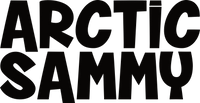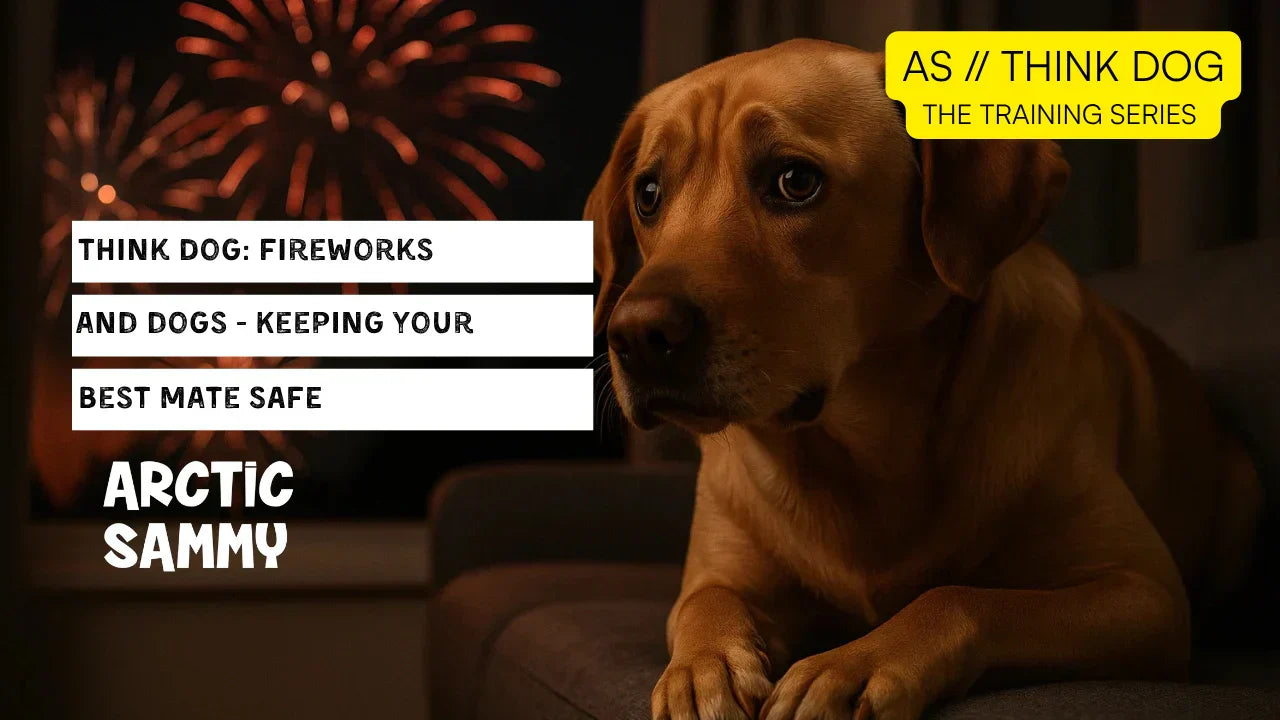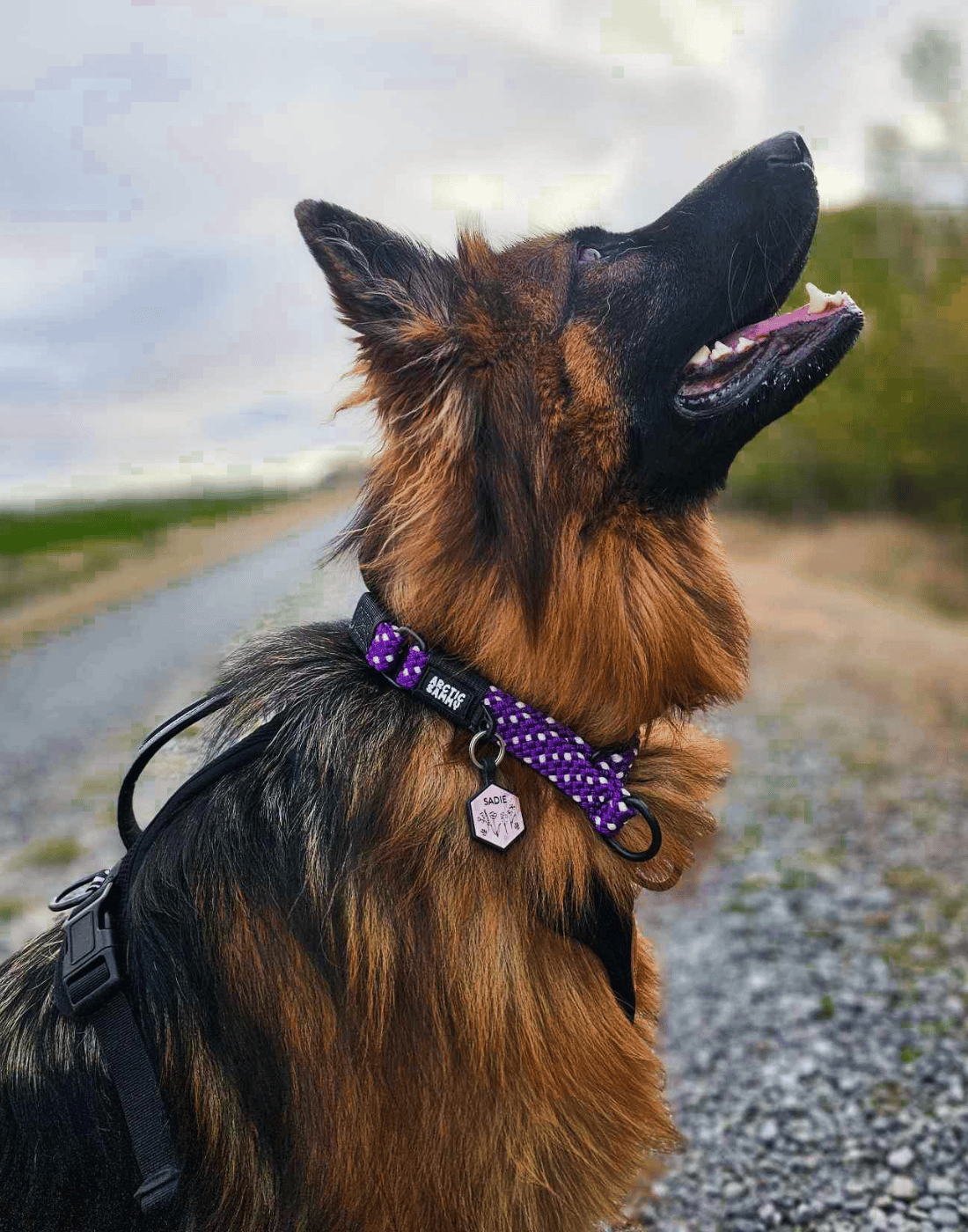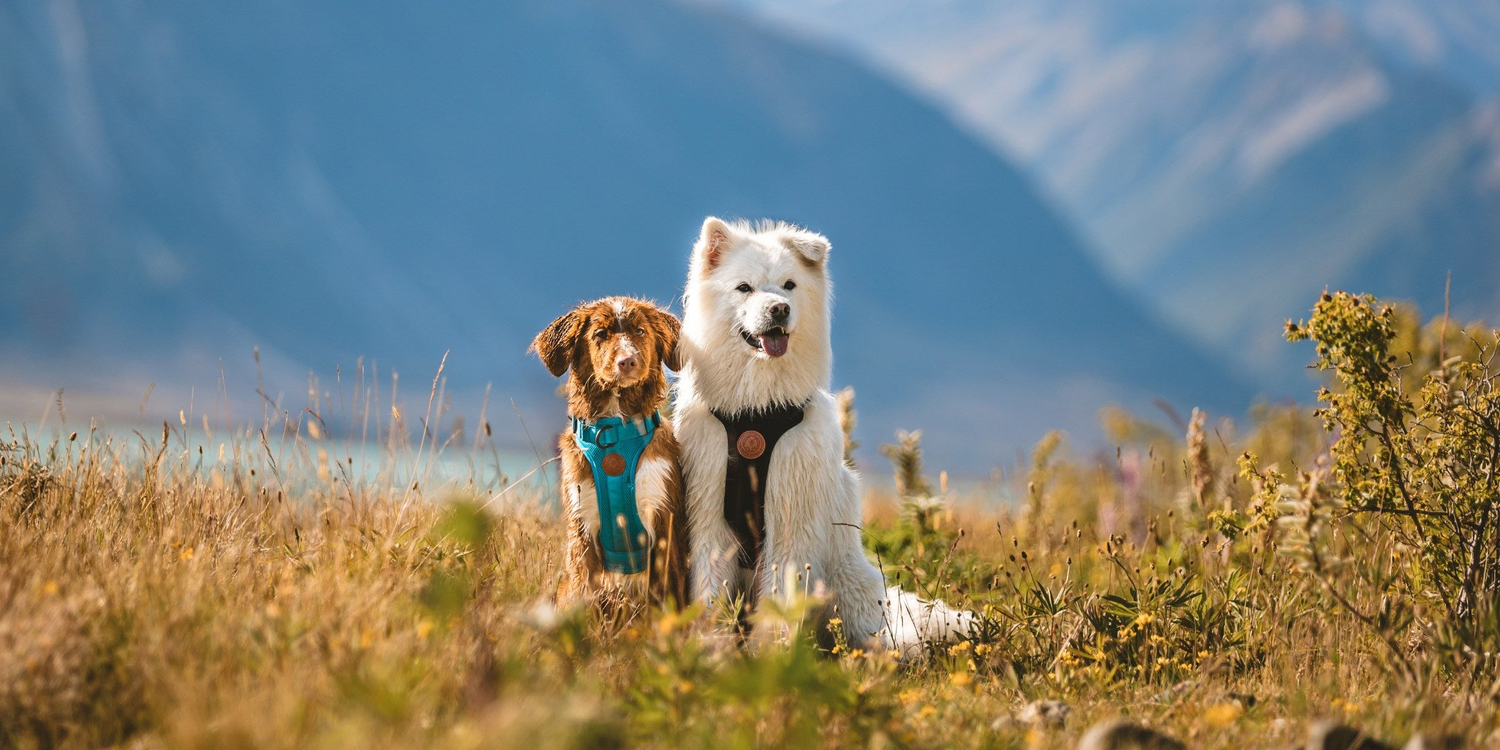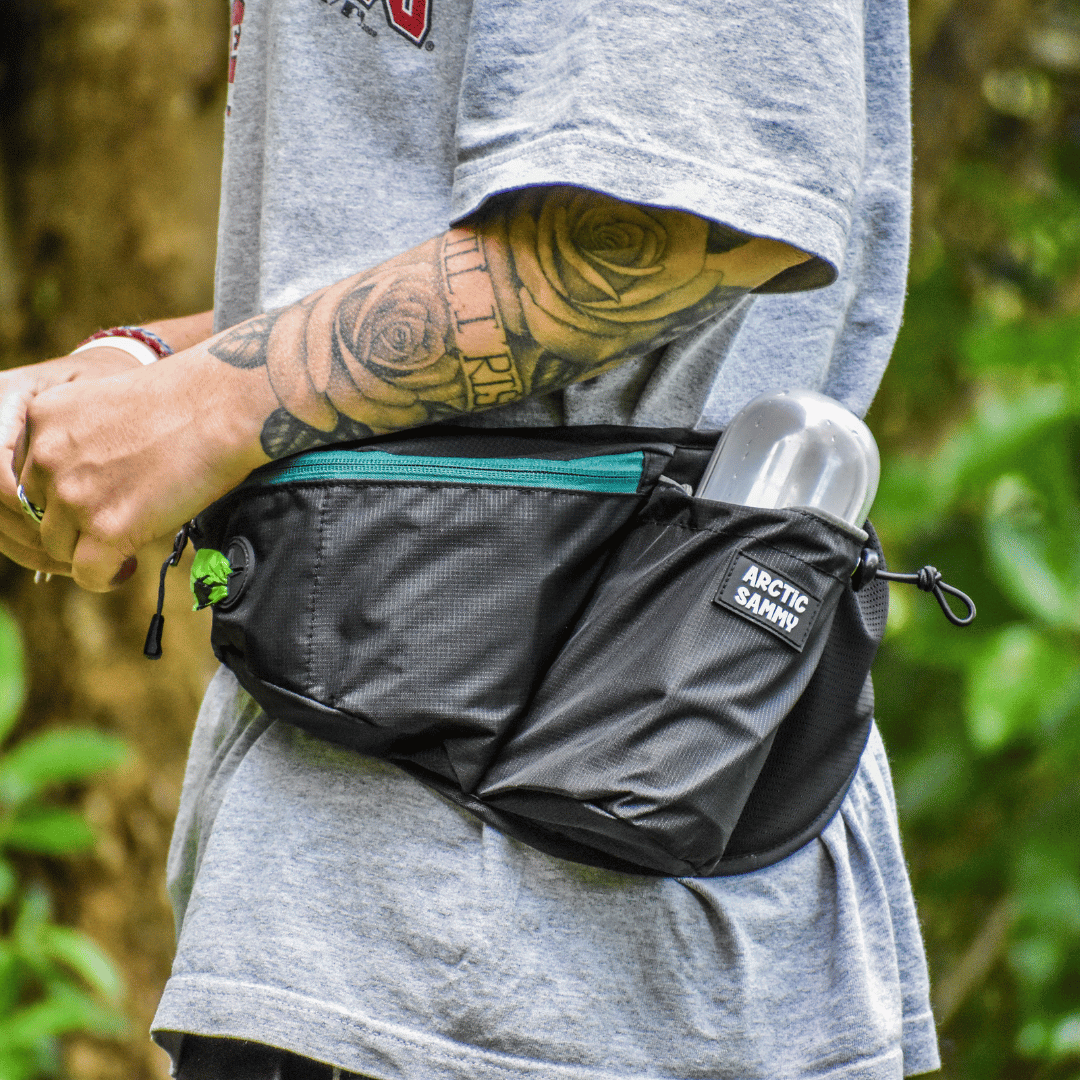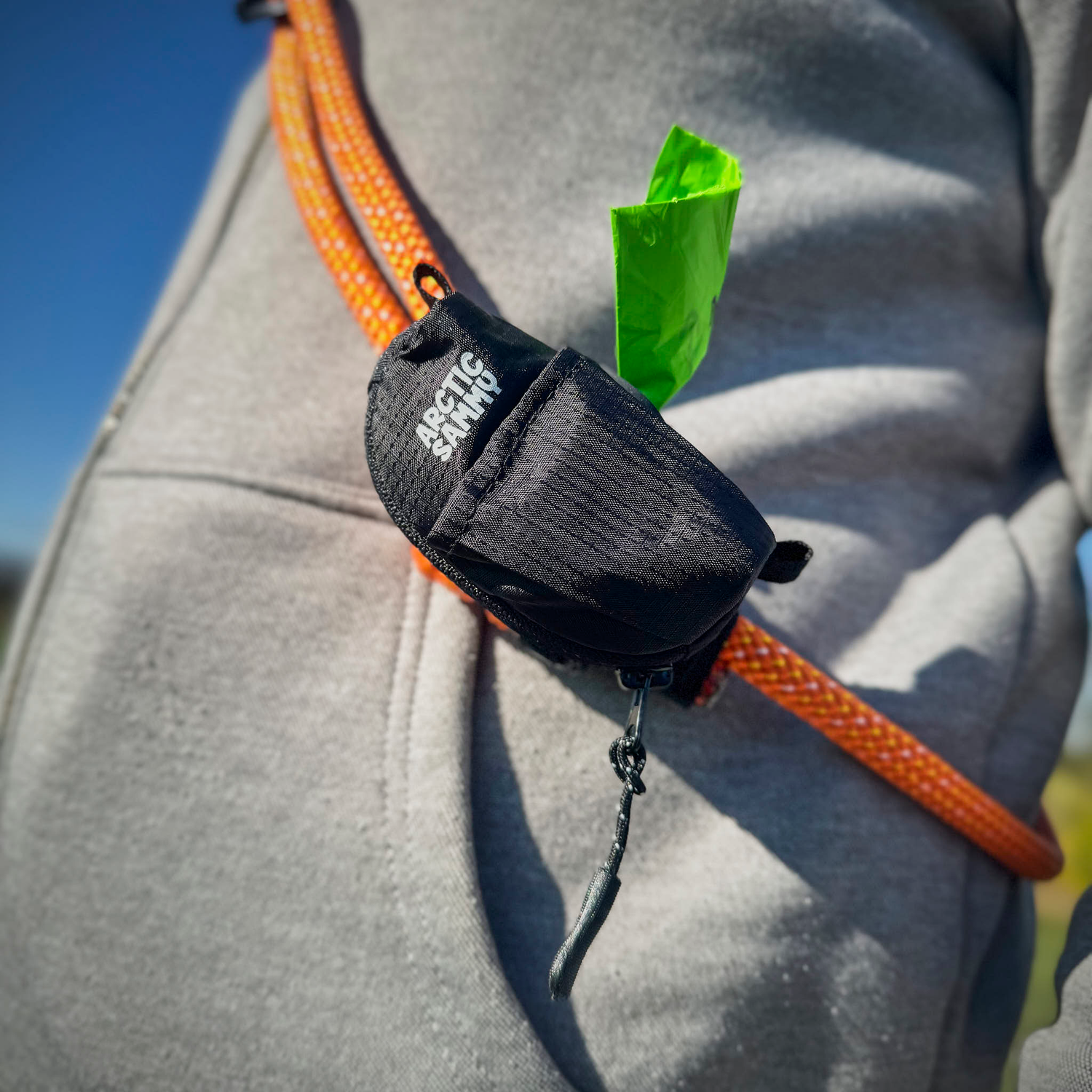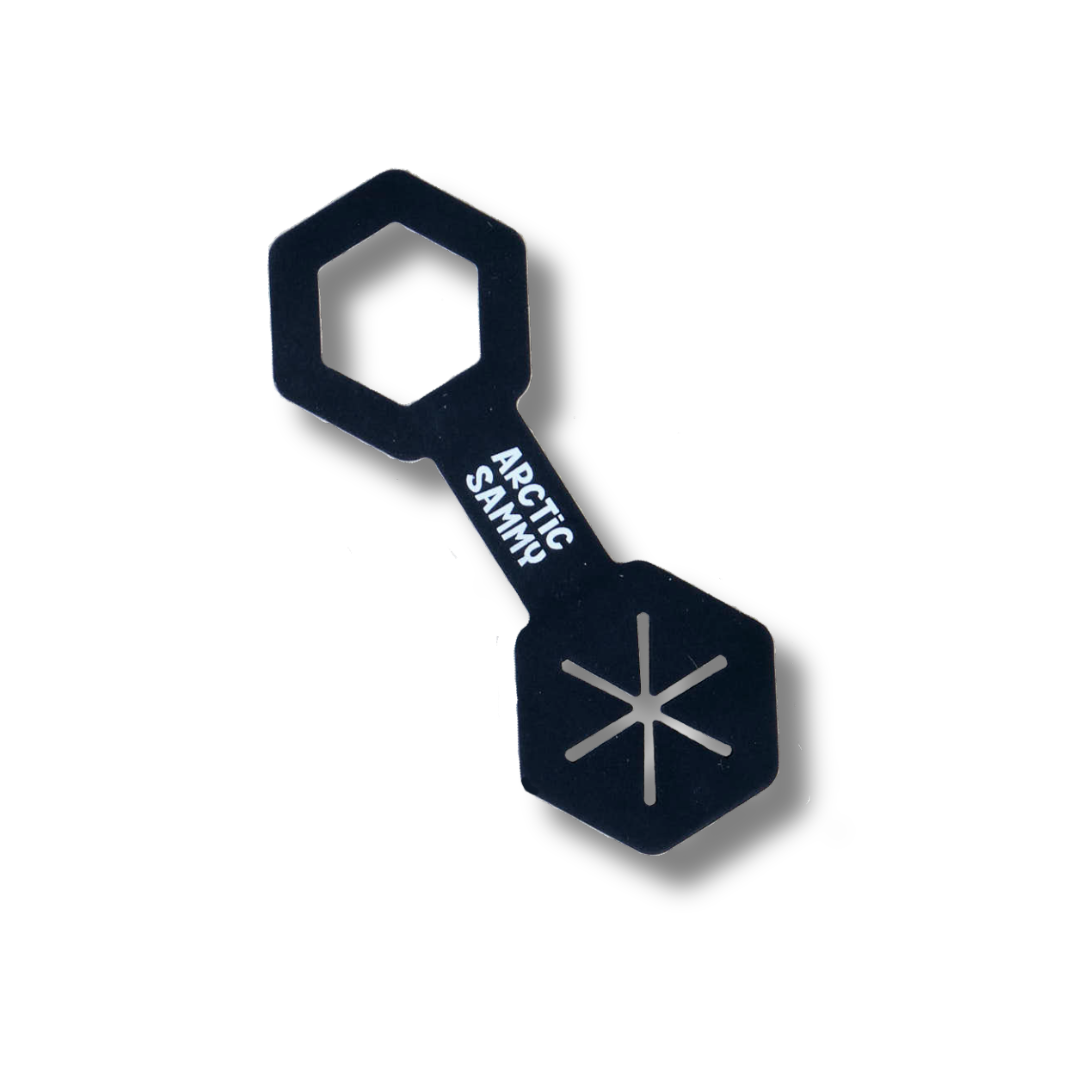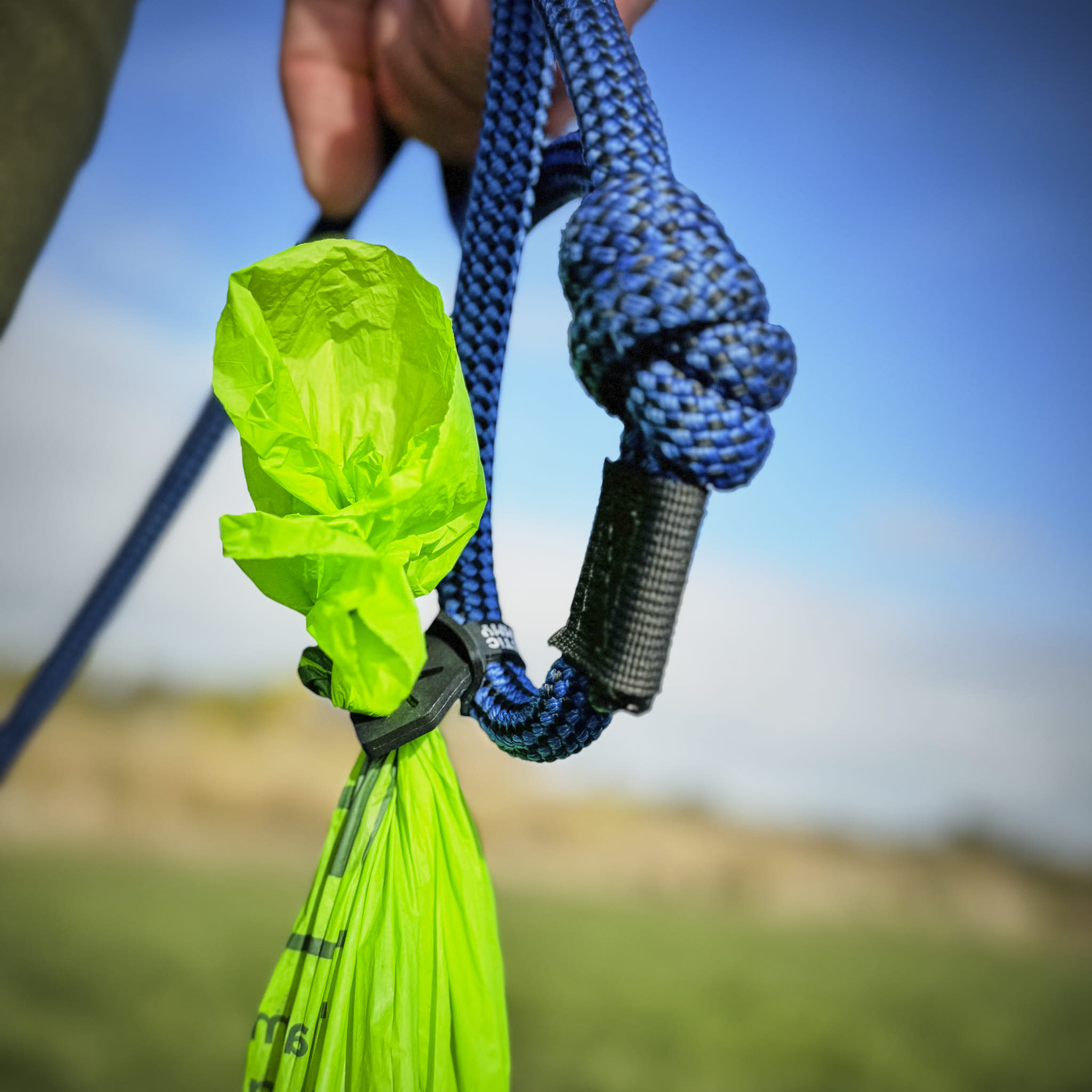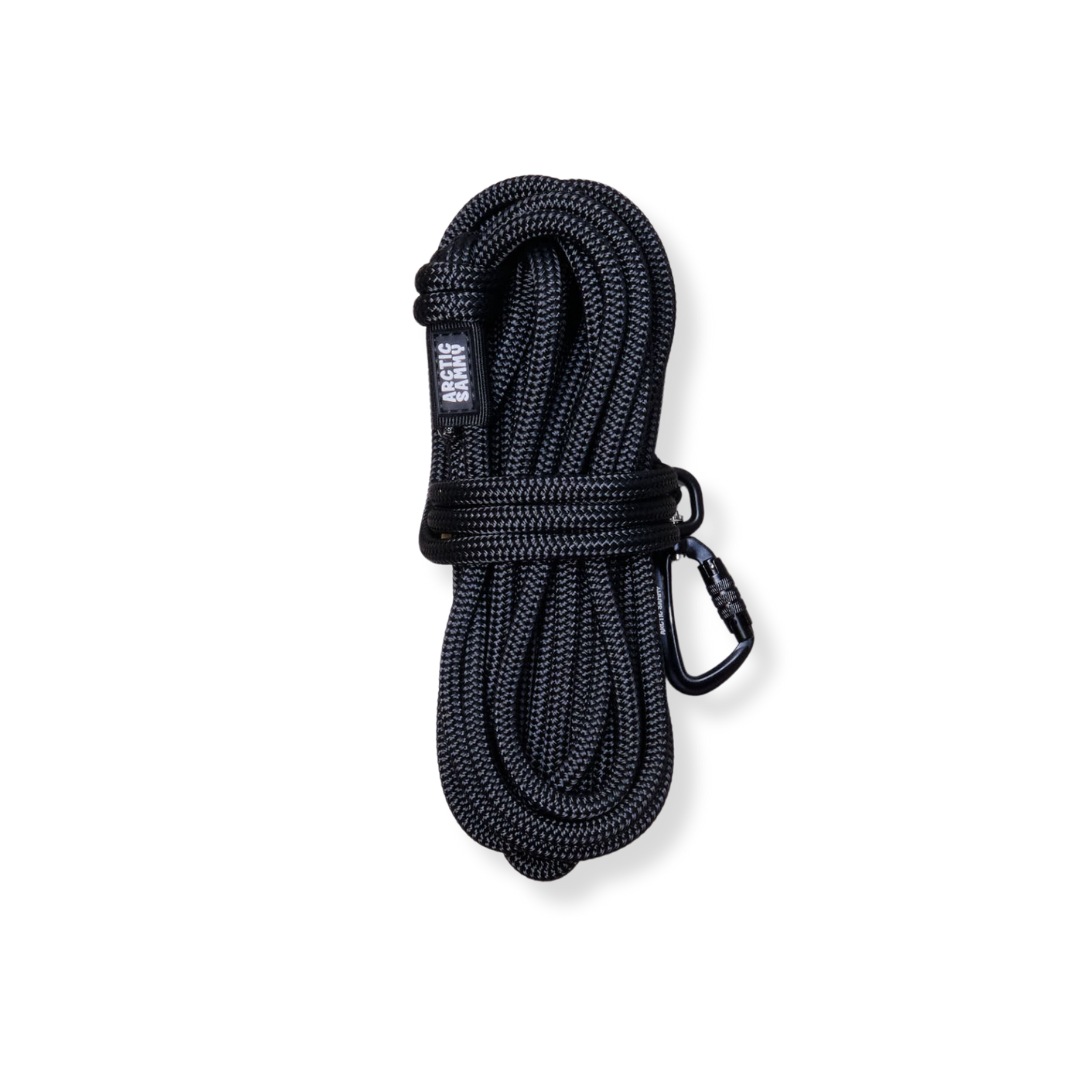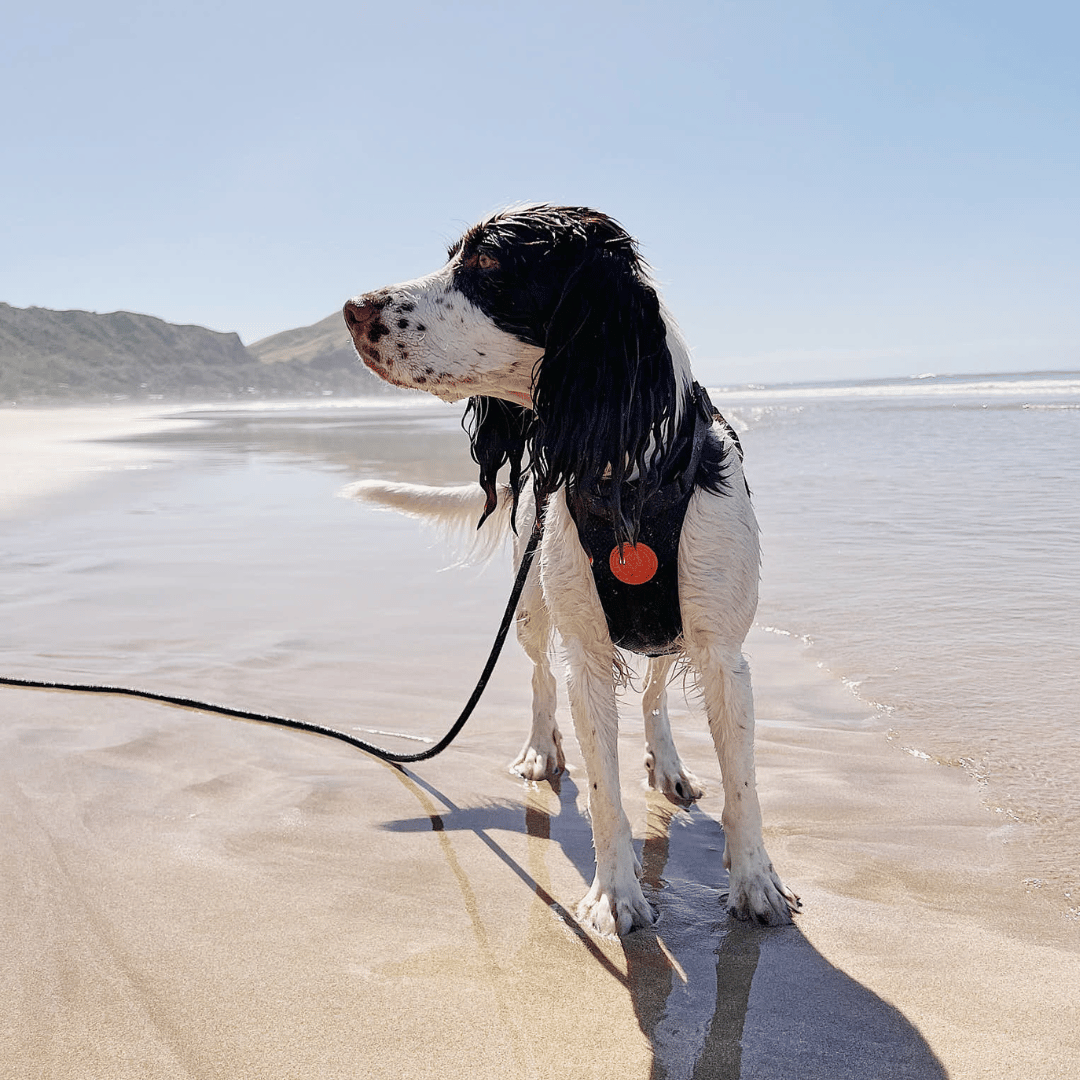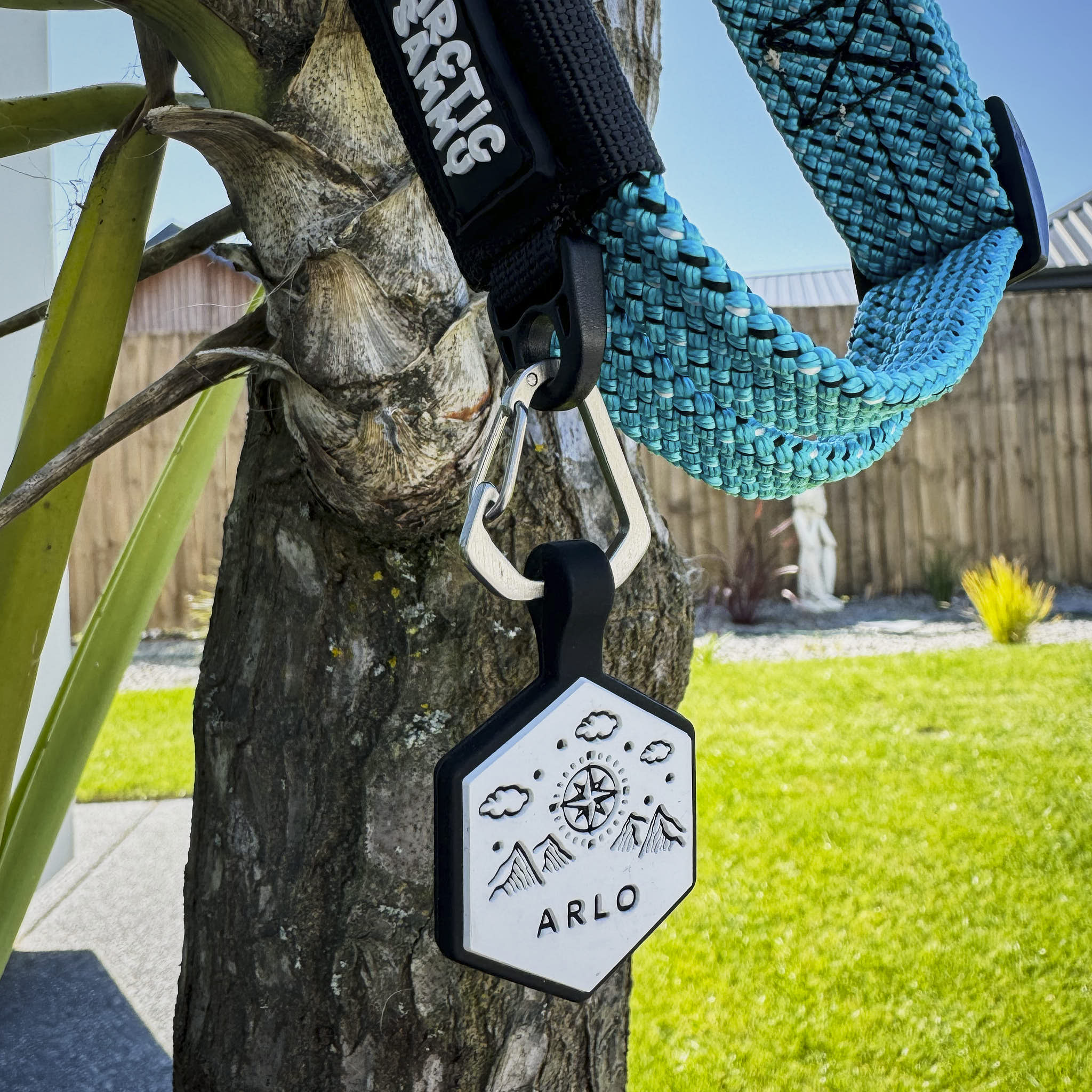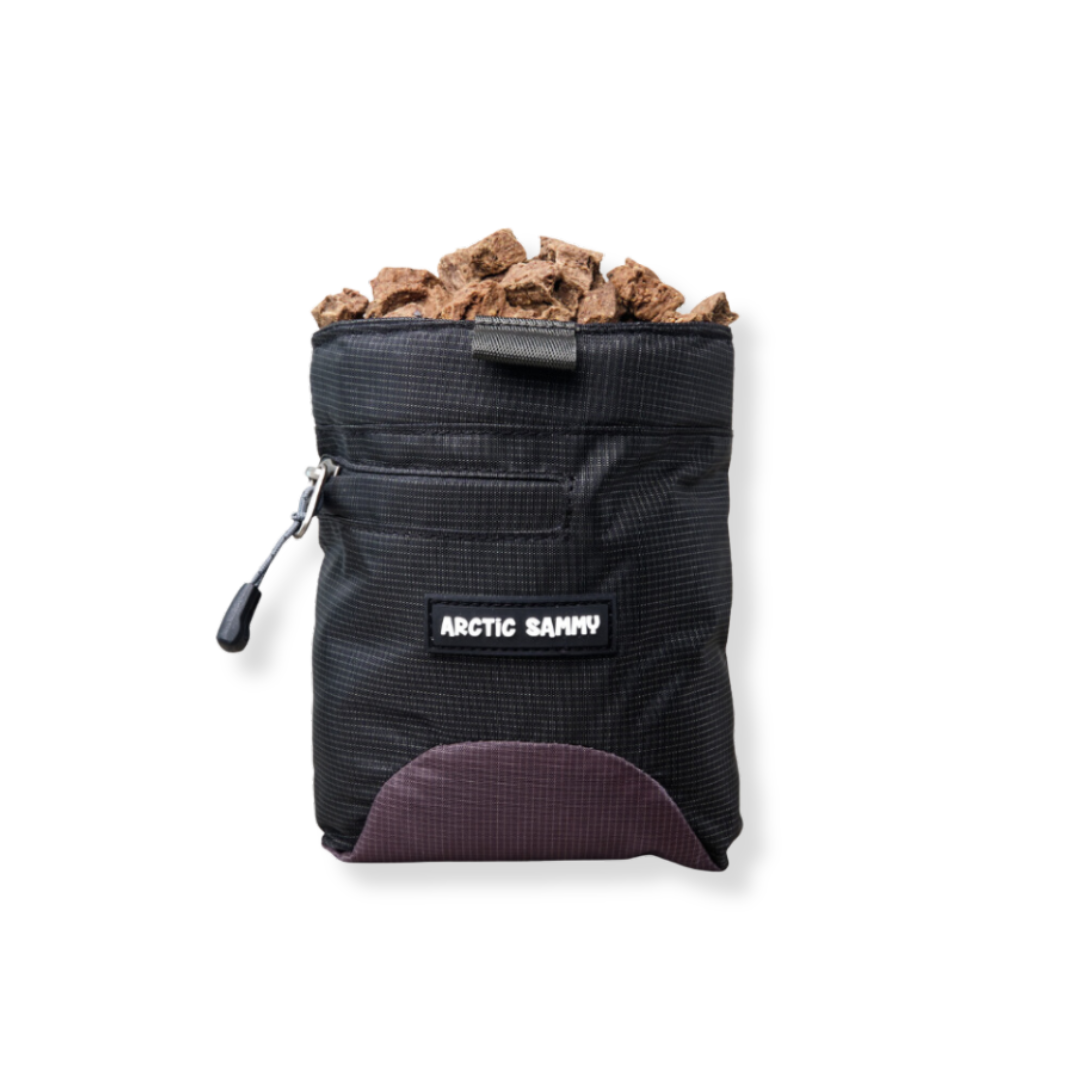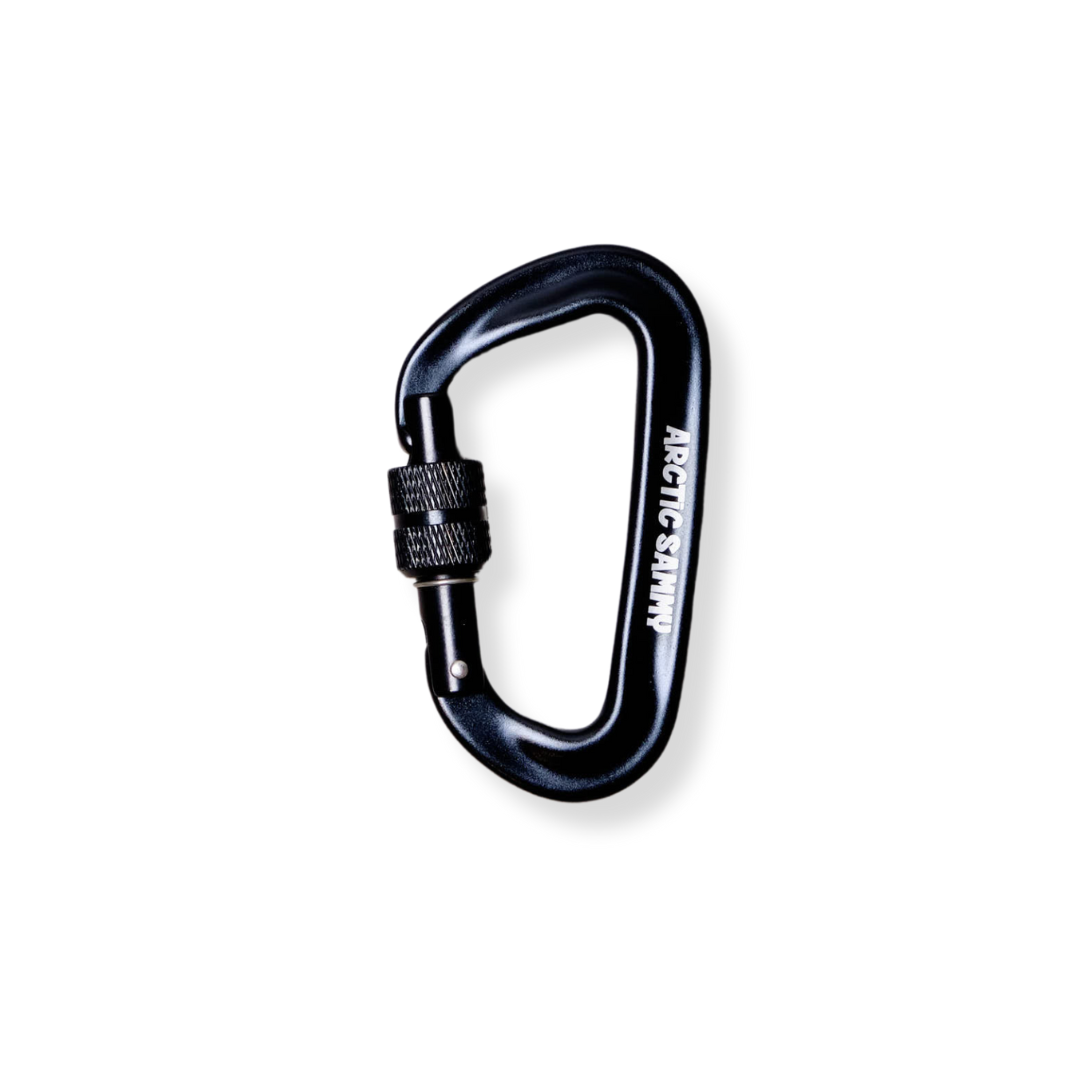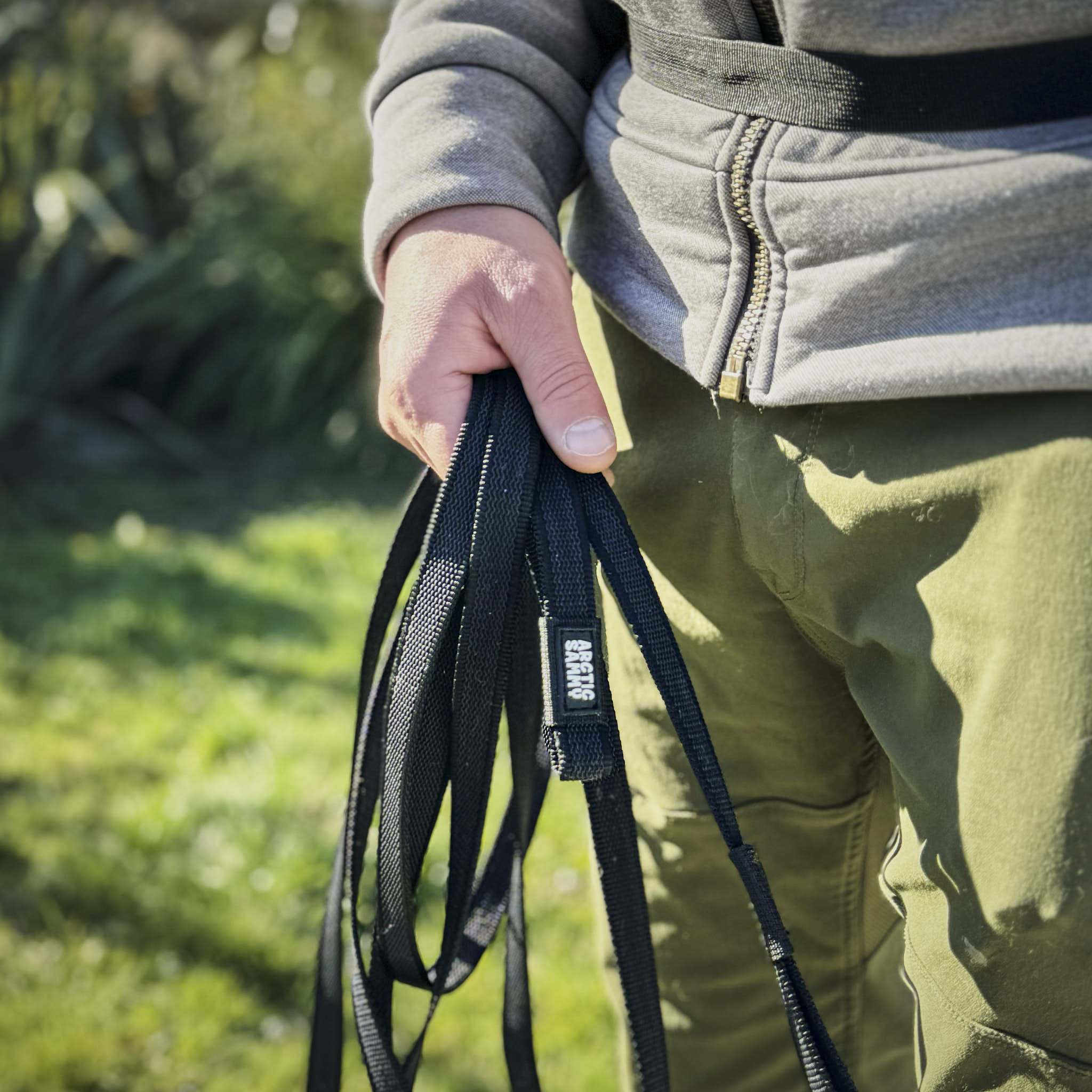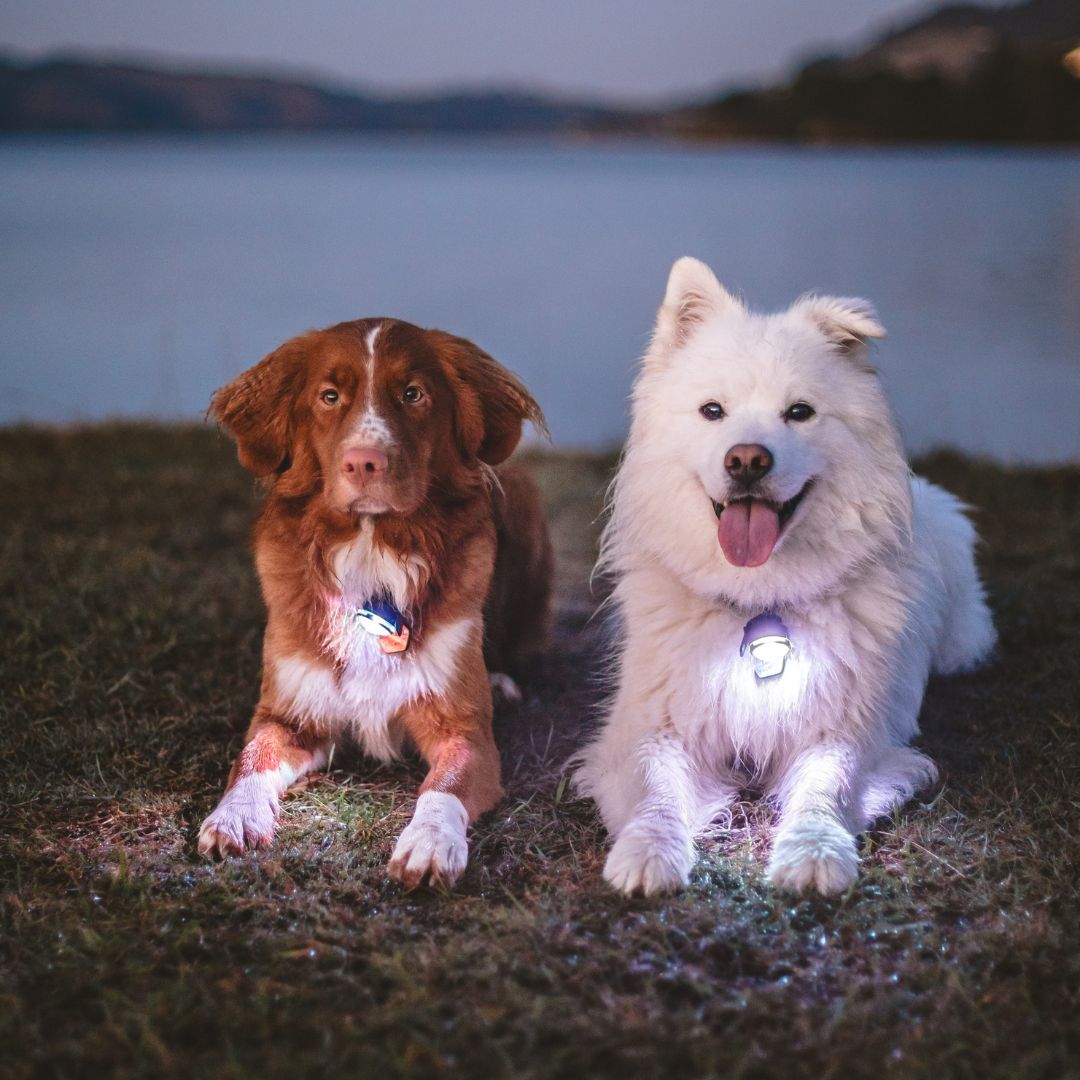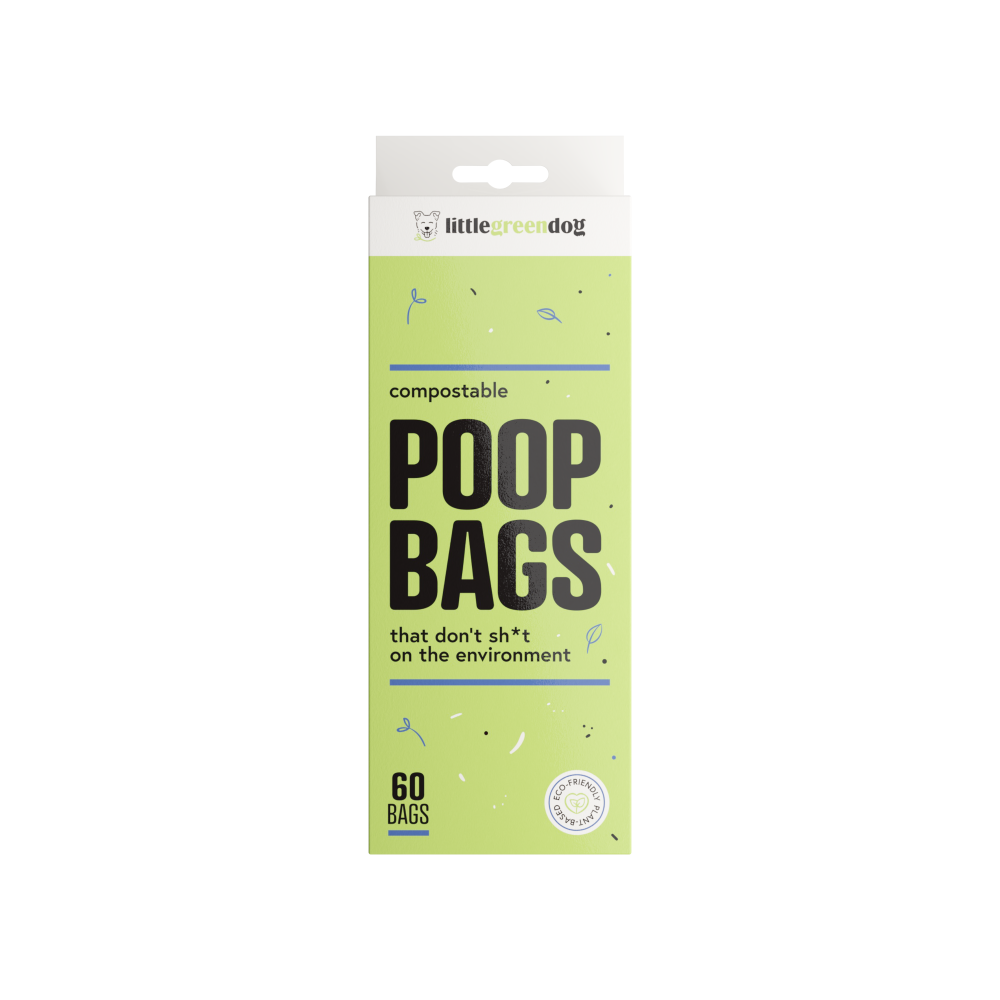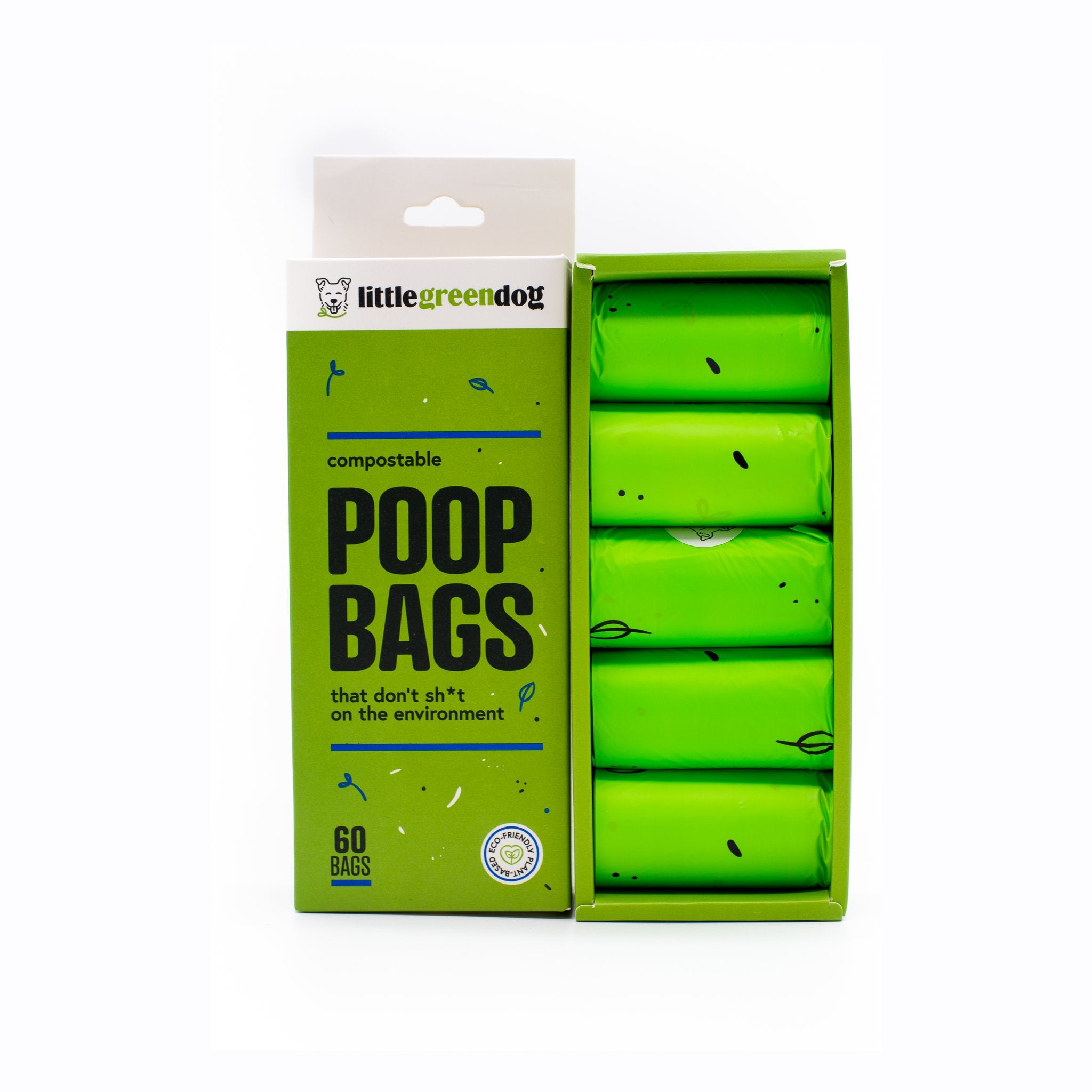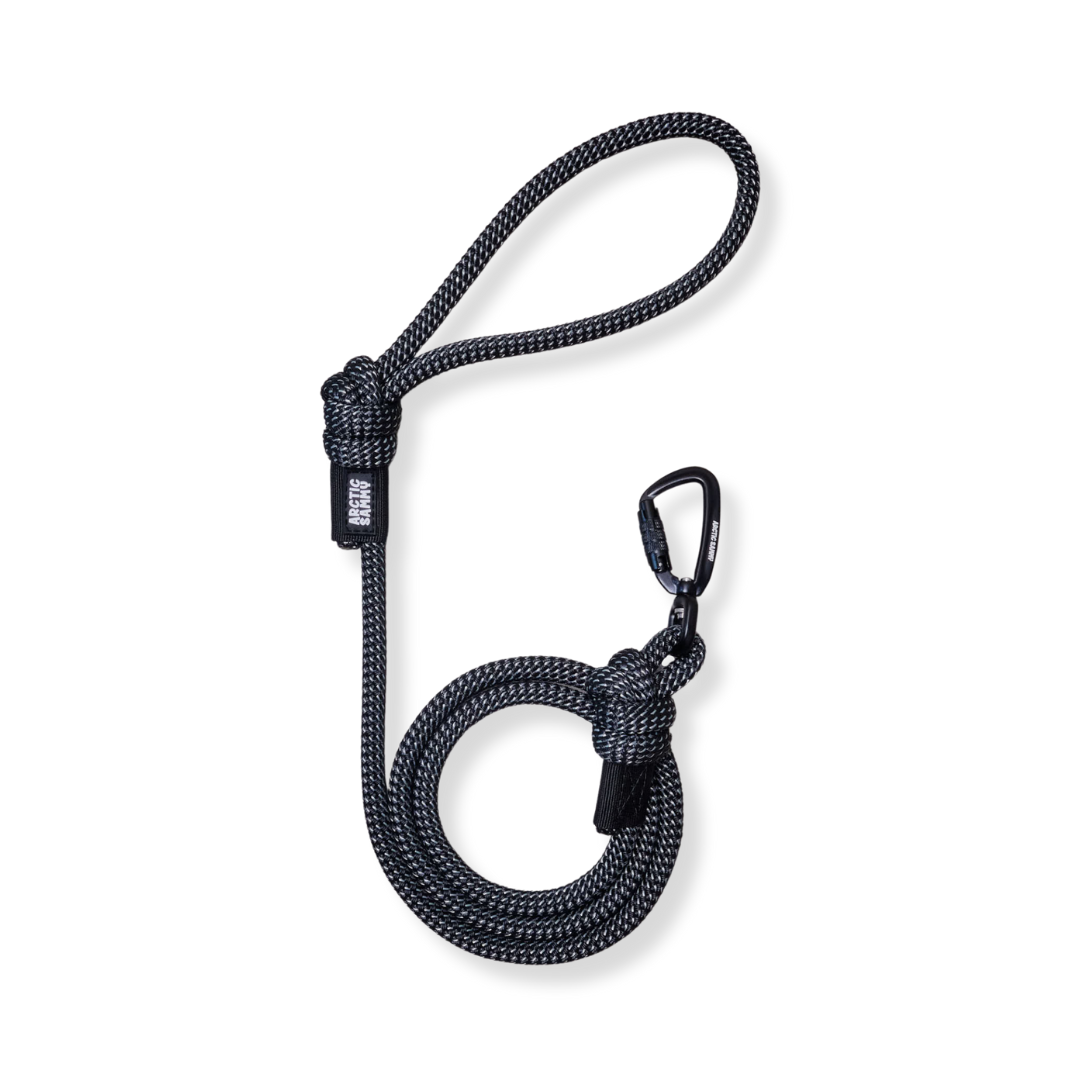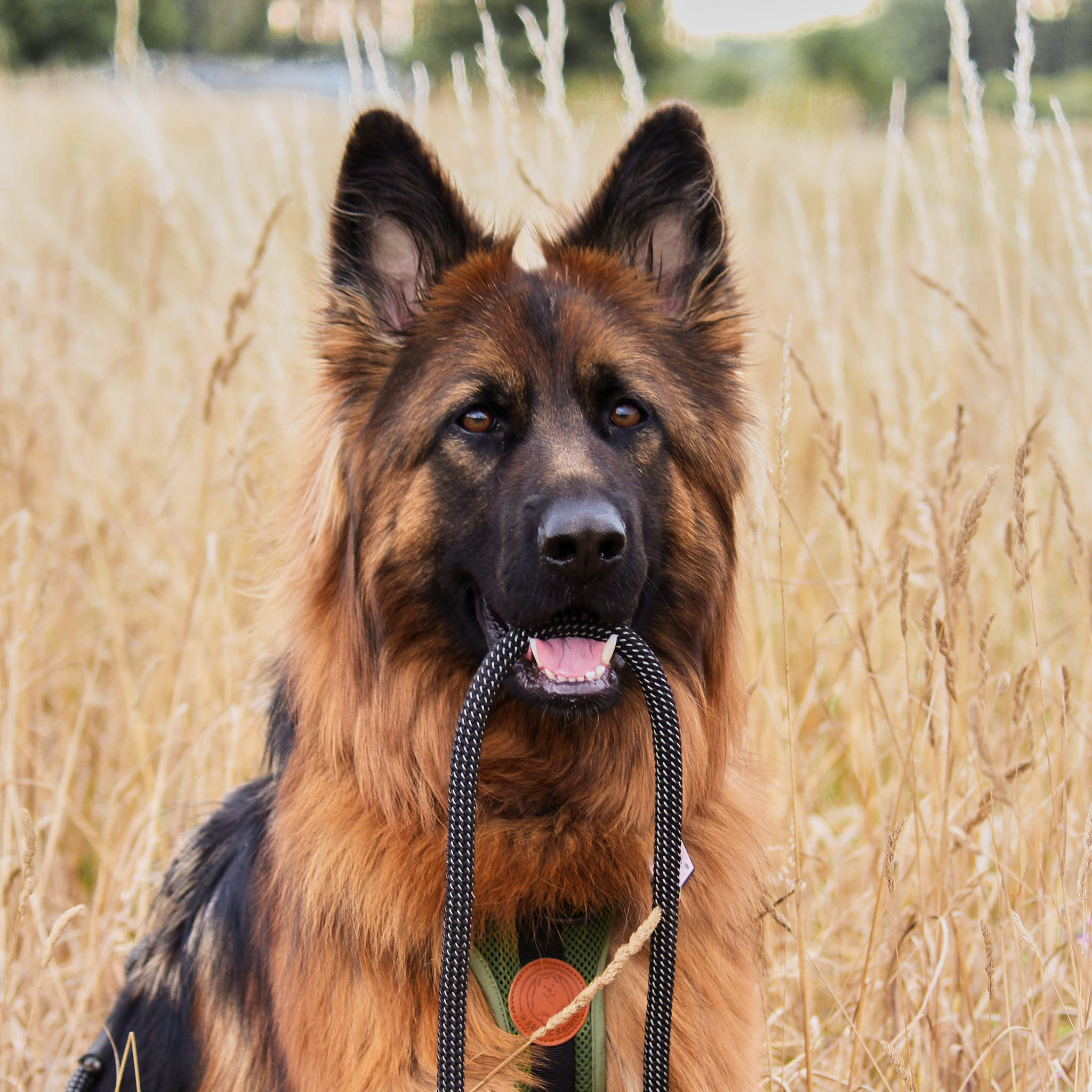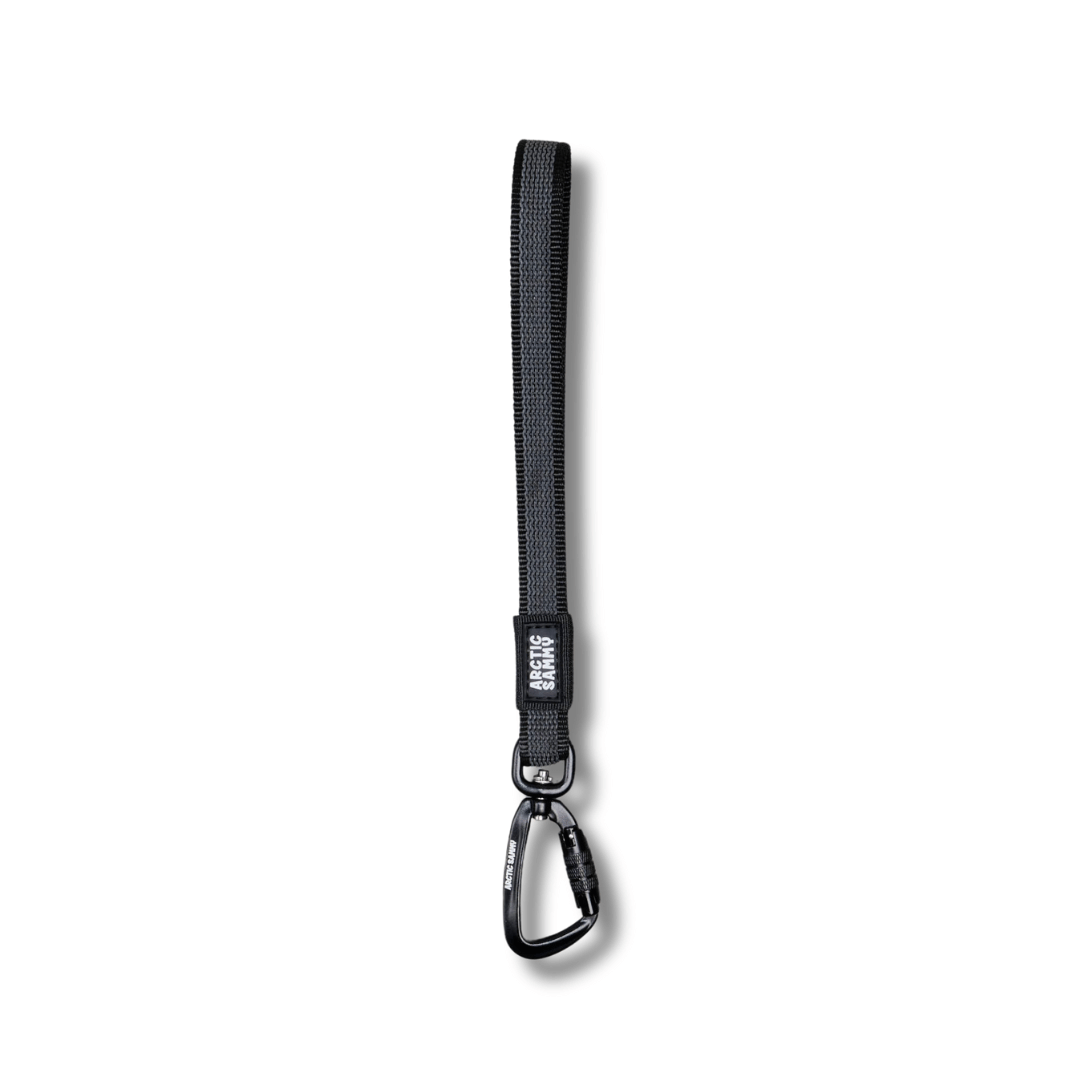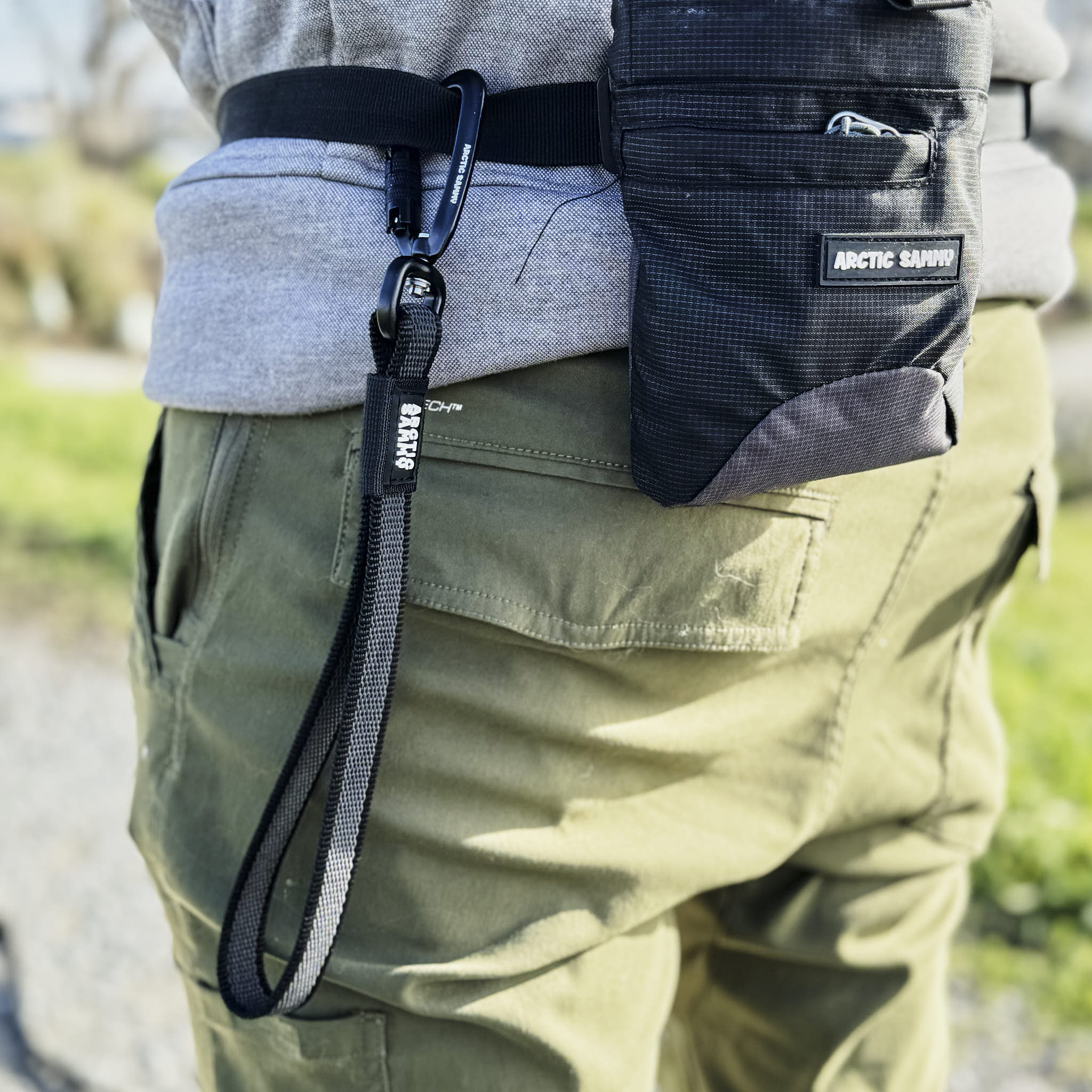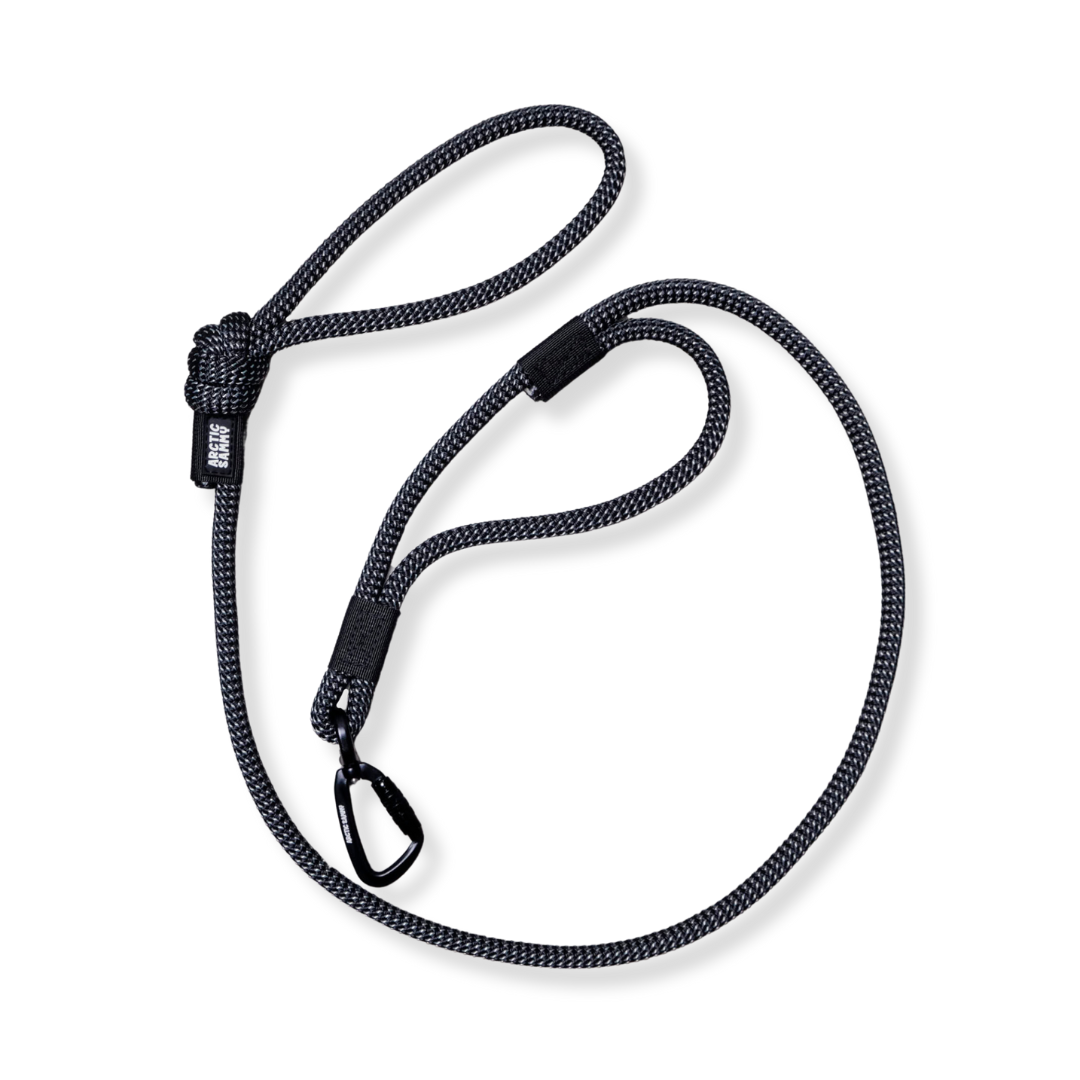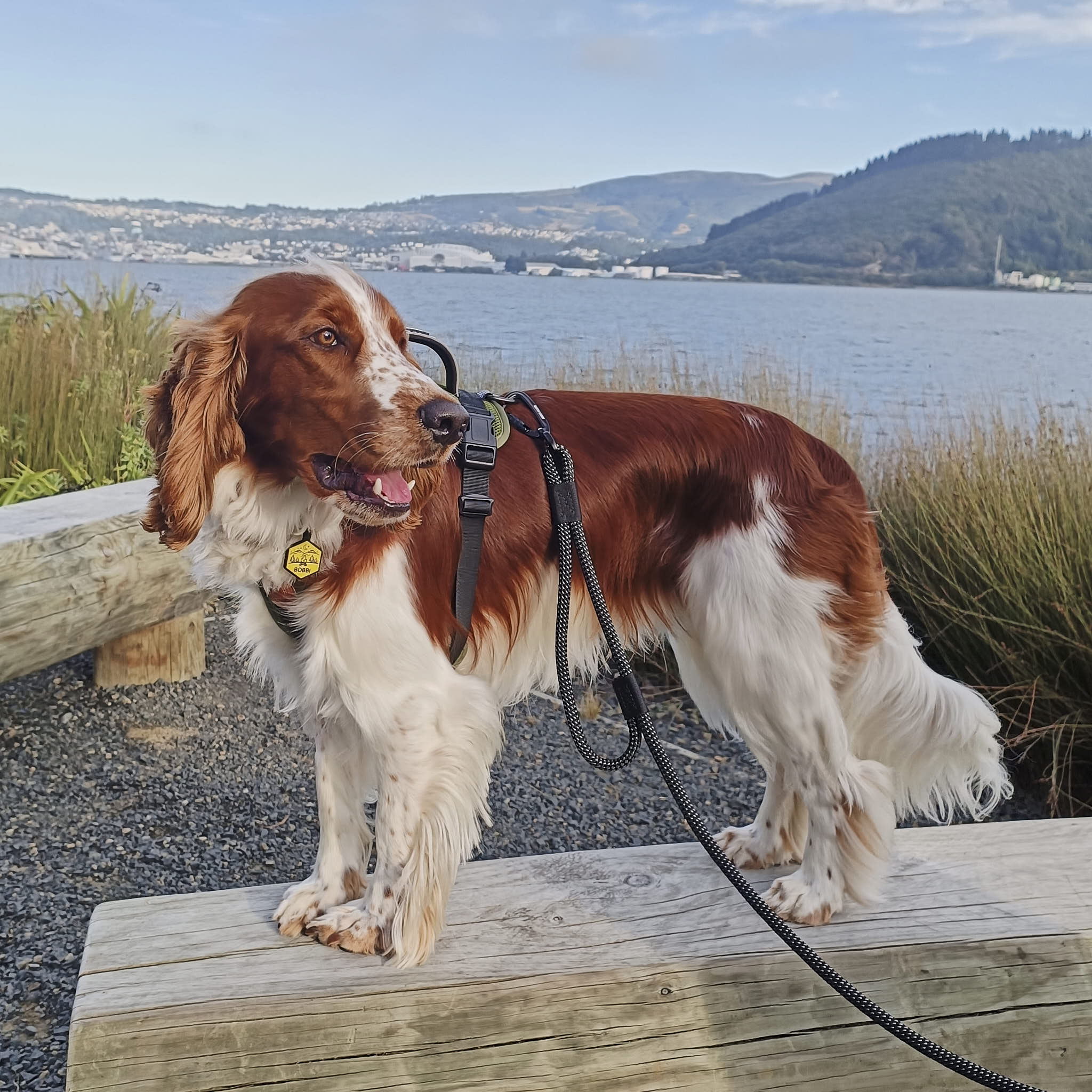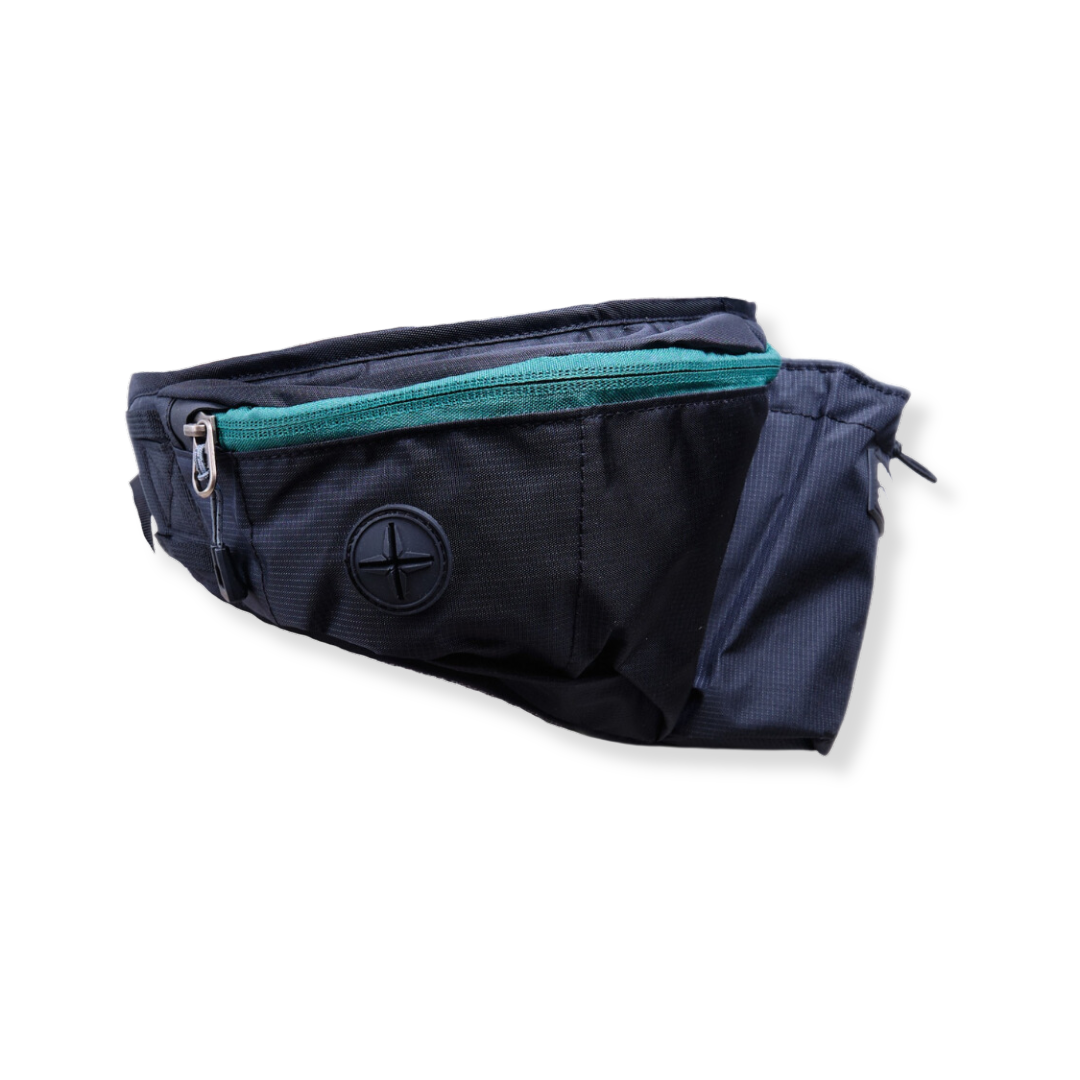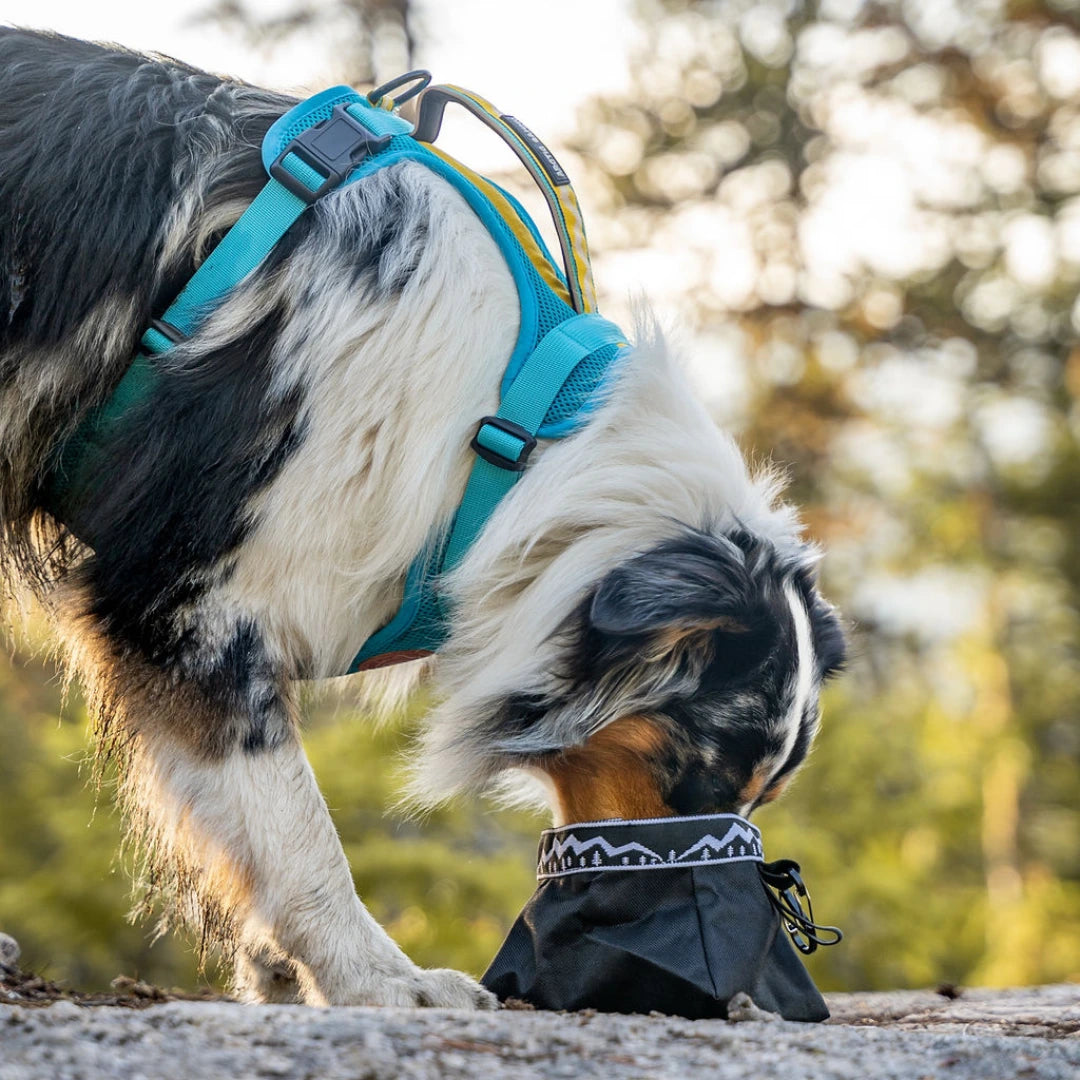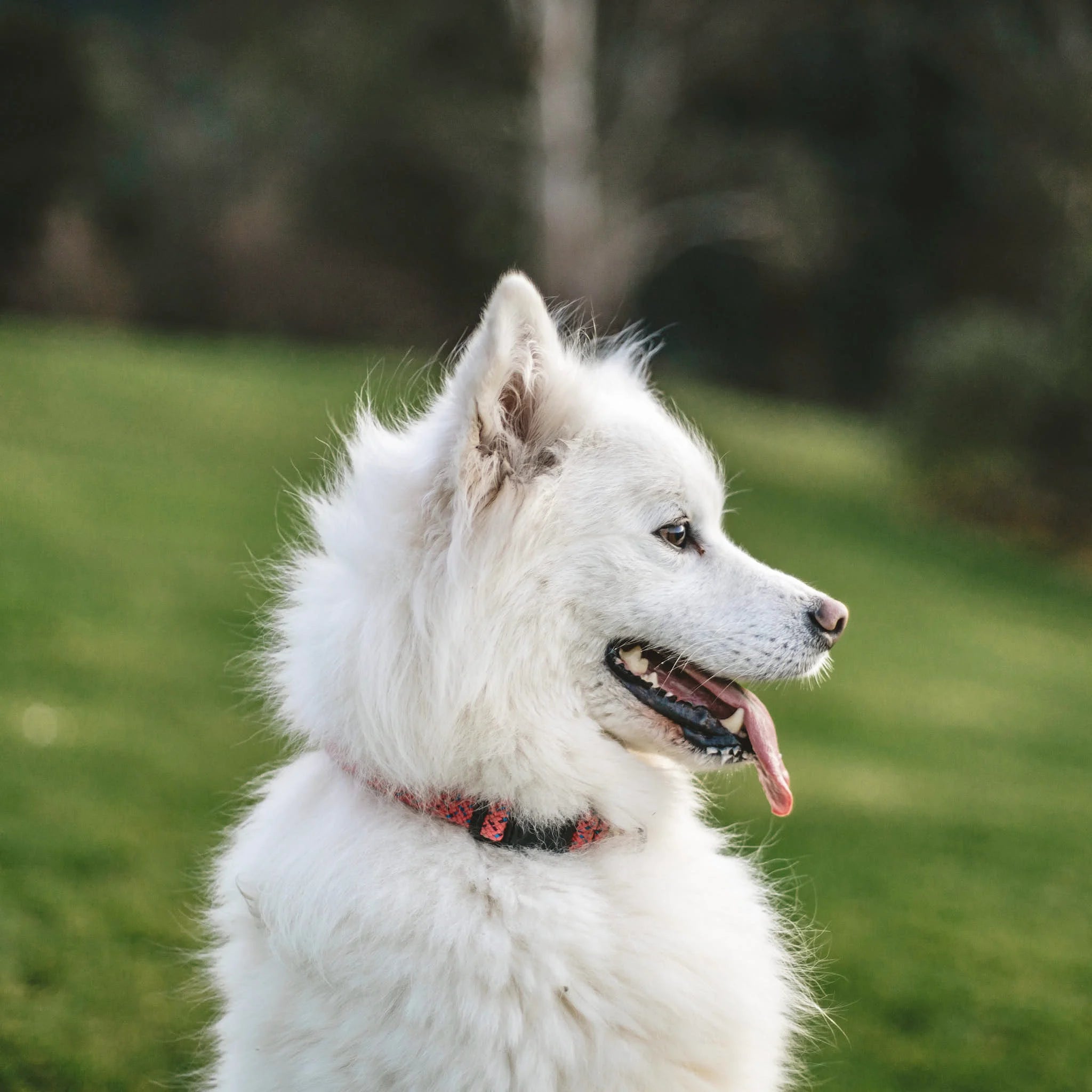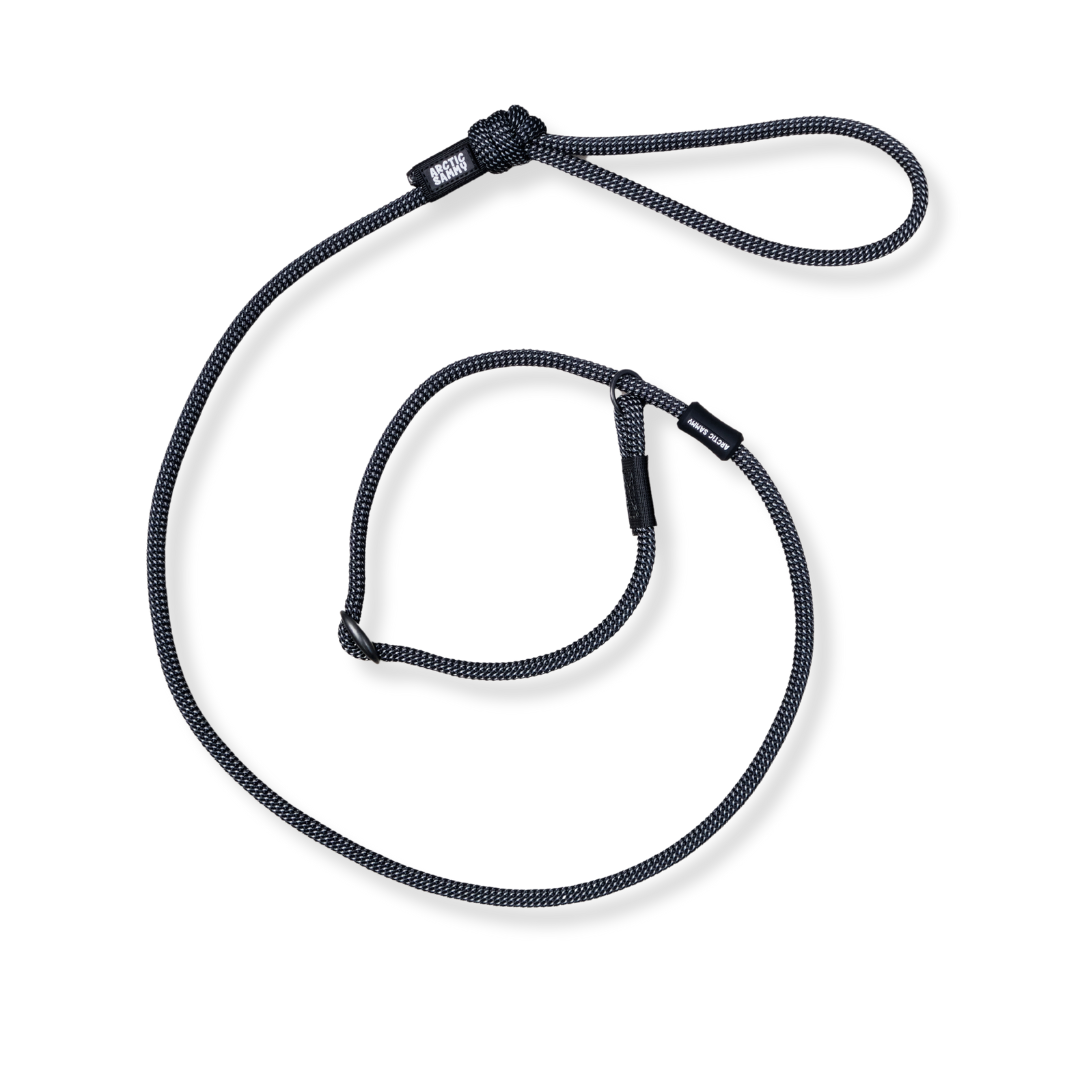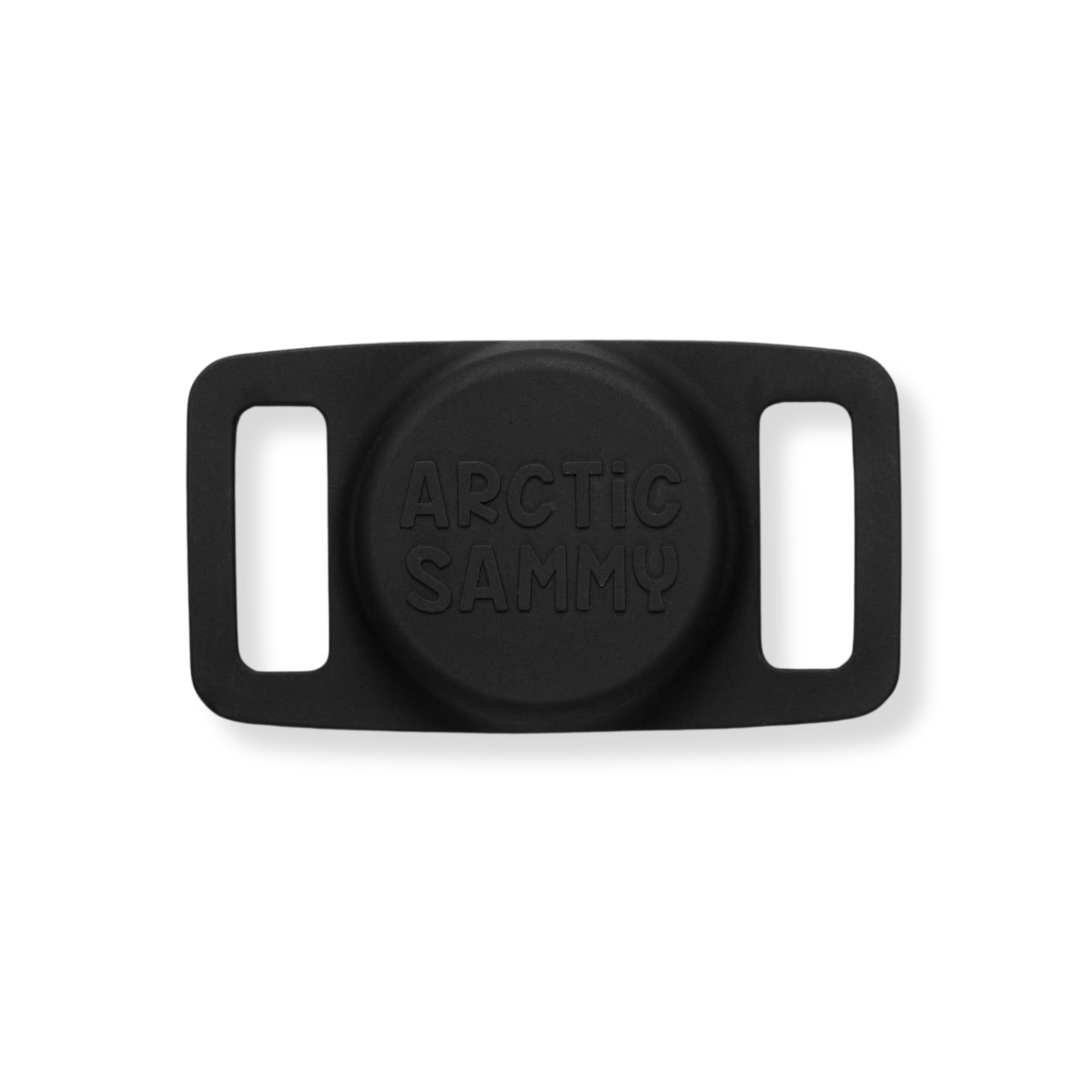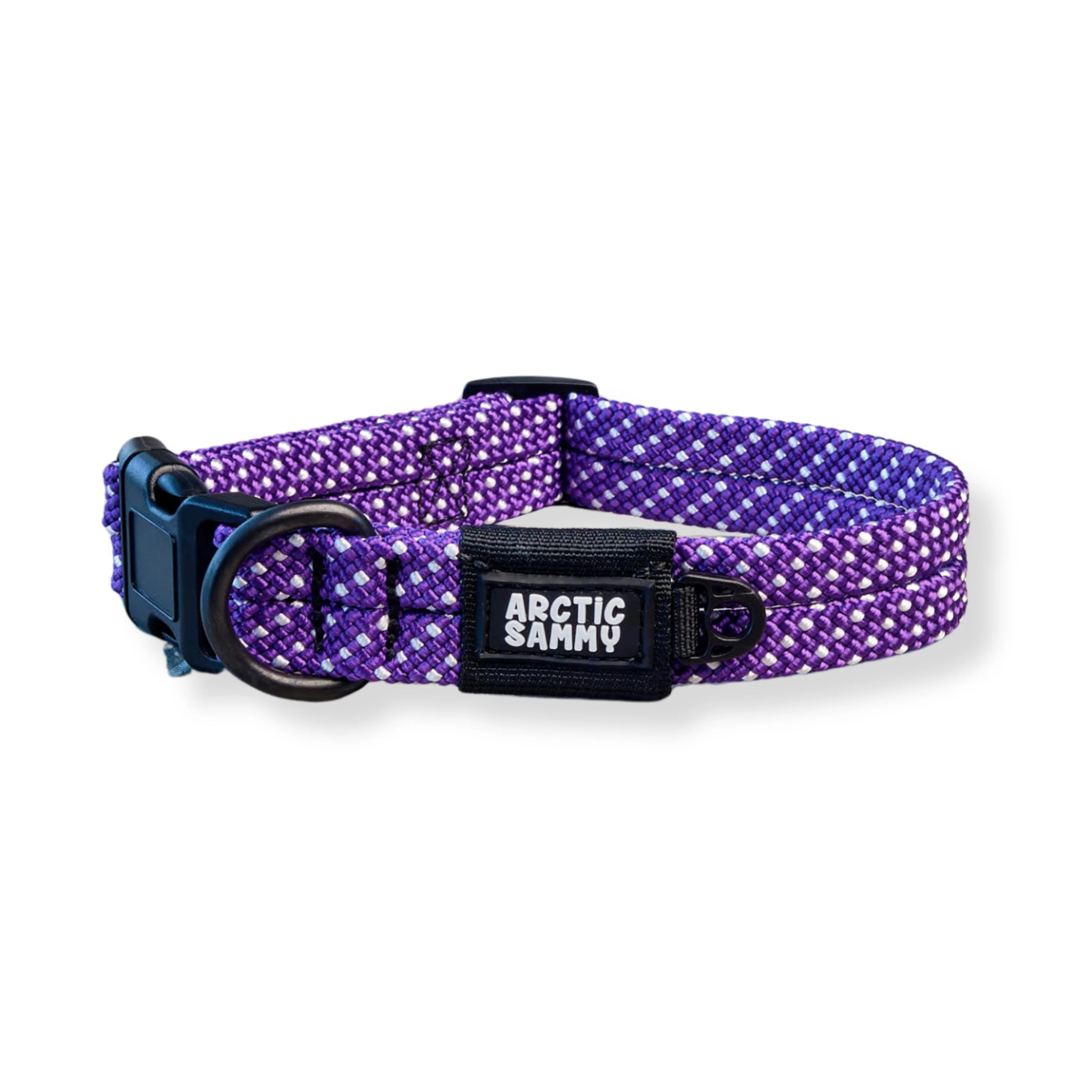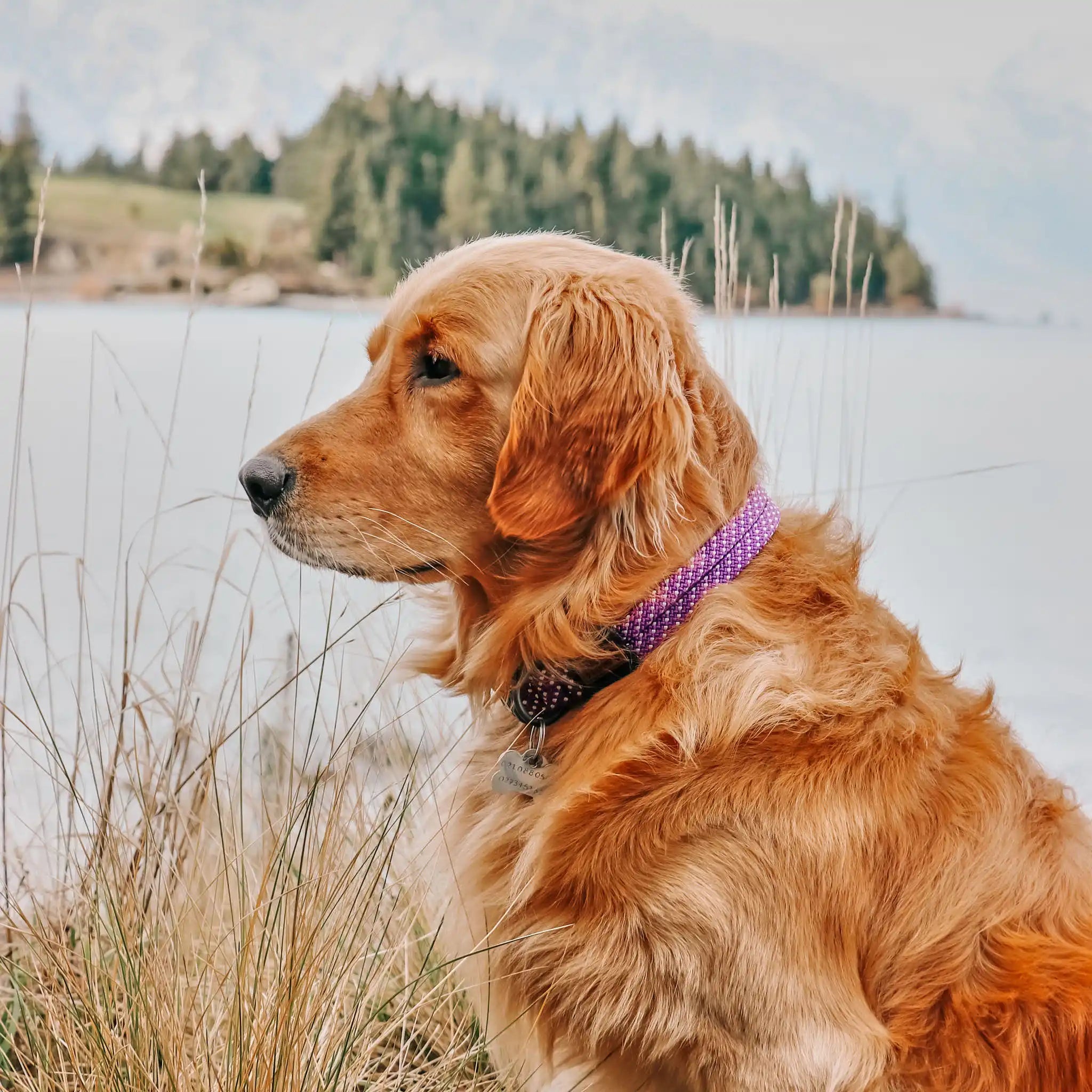Every dog parent dreams of that one magic word — “Come!” — that brings your dog racing back no matter what’s happening around them. Whether it’s another dog, a bird taking off, or a tempting whiff of something questionable, a solid recall is the difference between chaos and calm.
The good news? Every dog can learn it. The trick lies in building it step by step — with consistency, clarity, and plenty of fun along the way.
How to Build a Rock-Solid Come Command? That's what we are going to find out today.
Start Small
Step# 1 Pick a recall word
Choose one short word you’ll always use — and make sure everyone in your household uses the same one. Simple cues like “Come” or “Here” work great. Say your dog’s name first for attention, then follow with your chosen recall cue.
Step# 2 Choose your training space
Start somewhere quiet and distraction-free, like your living room or backyard. Don’t rush off-property just yet — we’ll get there later.
Step# 3 Get the gear ready
That's a very important step. Put a collar and a long line on your dog and fill up your treat pouch with those high value treats. Yep, even though you are training on your property and your dog can not "run away", you want (and need) every recall to be successful. You as the handler must always be able to control the outcome hence why the leash is crucial. With that, you are setting the dog up to win every time.
Pop a collar and long line on your dog, and fill your treat pouch with top-tier rewards. Even if you’re training at home, the leash gives you control over the outcome. Yep, even though you are training on your property and your dog can not "run away", you want (and need) every recall to be successful. You’re setting your dog up to win every time.
Step #4 Start training (and make it fun!)
Call your dog in a happy, inviting tone — crouch down, open your arms, and throw a mini party when they reach you! Treats, praise, excitement — make them feel like they just won the lottery. At this stage, you’re not testing obedience — you’re building trust and a solid relationship. Keep it playful: clap, run in a circle, or use your best cartoon voice. Your dog should think, “Something amazing is happening with you — I’ve got to get there!”
Puppies often respond quickly to your enthusiasm, while mature dogs might need a little extra spark from you.
Step #5 Reward like you mean it
Your dog’s recall should feel worth it. Use high-value treats — think chicken, cheese, or something your dog doesn’t get any other time.
Keep rewards varied: sometimes treats, sometimes play, sometimes praise. That unpredictability keeps the recall strong. You will find out which reward works best for your dog and what your dog is most willing to work for over time.
Time to step it up - Add distractions gradually
Once your dog is racing back to you indoors or in the backyard, start increasing the challenge. Try calling from further away or from another room. Then move outdoors — your driveway, a quiet park, or just down the street. Keep distractions light at first and build up slowly.
What if my dog does not come when called?
If they don’t respond right away, don’t repeat the cue and avoid to sound or feel frustrated — gently reel them in using your long line, praise them warmly when they reach you, and try again later.
Recall training is never about punishment — it’s about showing your dog that coming back is always the better choice.
Never recall to end the fun
This is the number-one recall killer. If “Come!” always means the end of playtime or fun, your dog will start weighing their options.
Instead, call them randomly during fun moments — reward, play for a minute, then release them again. Make “Come!” a gateway to more good things, not the end of them.
Of course, sometimes recall needs to end the fun — like when safety’s on the line. But while training, avoid those moments if possible. If you know your dog won’t be able to resist the distraction, use the long line to bring them in gently, reward, and move on. Don’t risk weakening your hard-earned progress. You can test and proof them later once your recall is solid and with practise, you will also nail more difficult situations until you can trust and rely on your dog in every moment.
Proof it everywhere
A perfect recall isn’t about control — it’s about connection. Practice in new places, with new distractions, at different distances.
If your dog ignores you once or twice, don’t sweat it. Simply take a step back, make things easier, and rebuild their confidence. Ask yourself: “Am I being fun enough? Am I calm and positive? Did I accidentally make coming back the end of the fun?” Often, it’s the little things we do — or the energy we bring — that make all the difference.
With consistent practice, you’ll soon handle even the toughest situations with ease. Remember to always keep control of the outcome using your long line — that way, your dog succeeds every time, and your recall cue stays strong. It might not happen overnight, but once it clicks, a solid recall lasts a lifetime.
Tools that help
✅ Treat pouch: quick rewards = quick learning
✅ Long line leash: safe and reliable outcomes while practicing
✅ Comfortable collar or harness
✅ Patience and playfulness: your most important tools of all.
The takeaway
A strong recall doesn’t happen overnight — it happens through trust, consistency, and a whole lot of celebration. When your dog chooses you over every other distraction, that’s when the real magic begins.
Because recall training isn’t just about obedience — it’s about building a bond so strong, they always want to come back.
